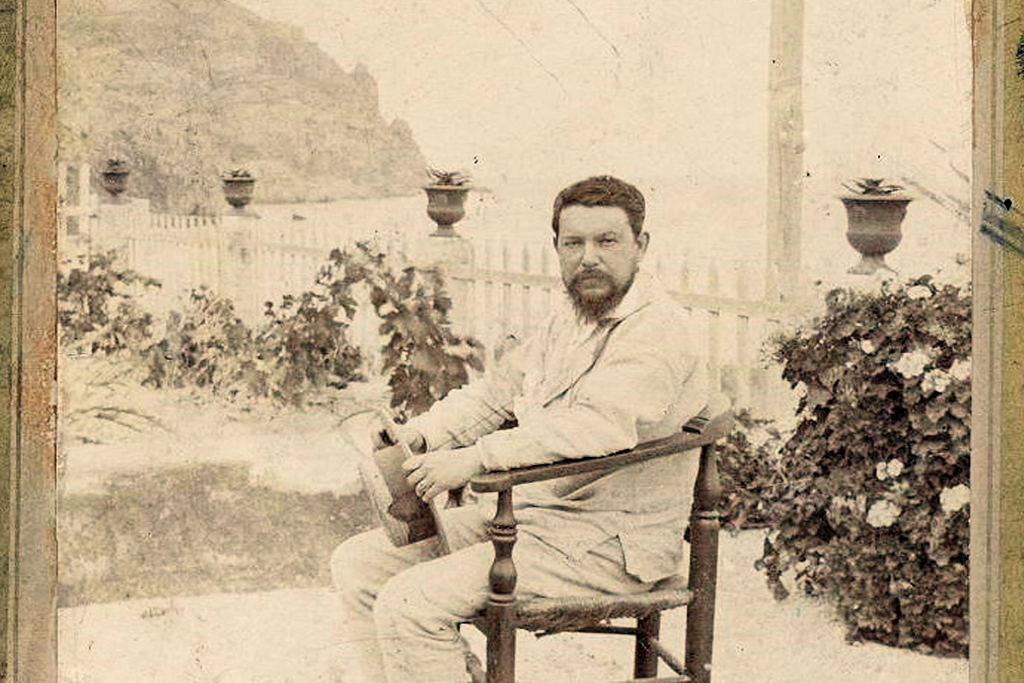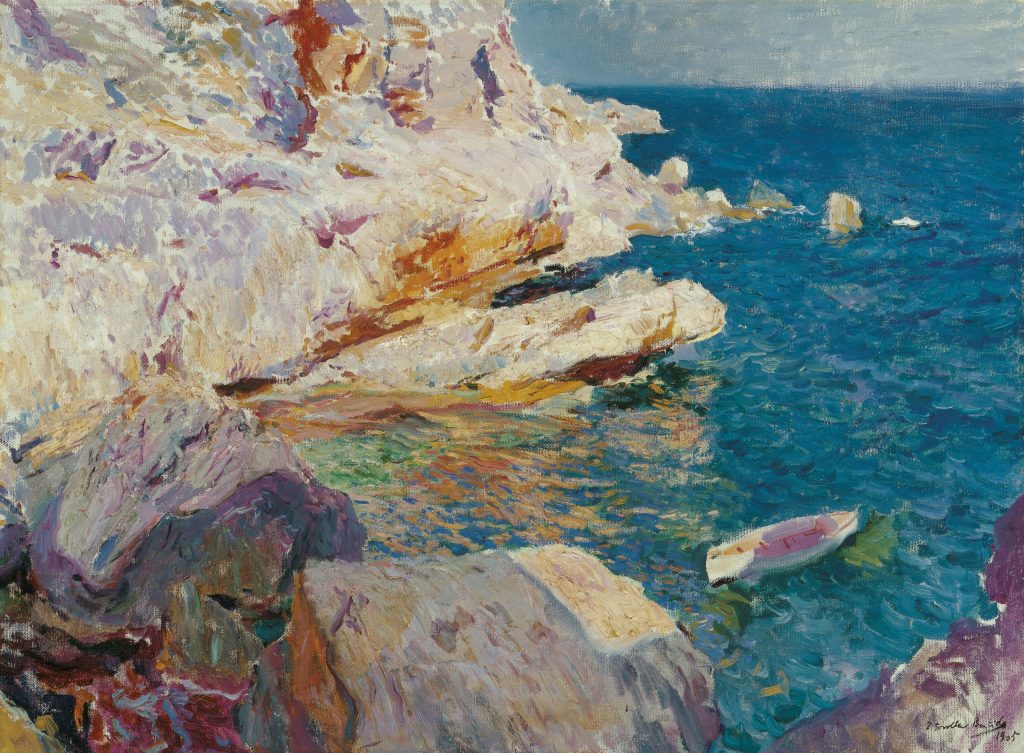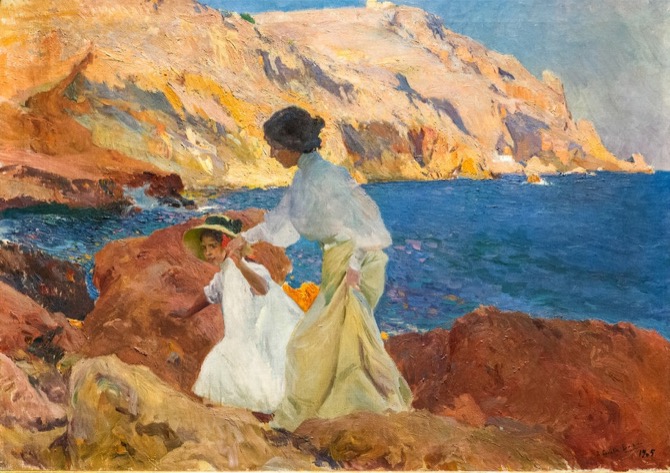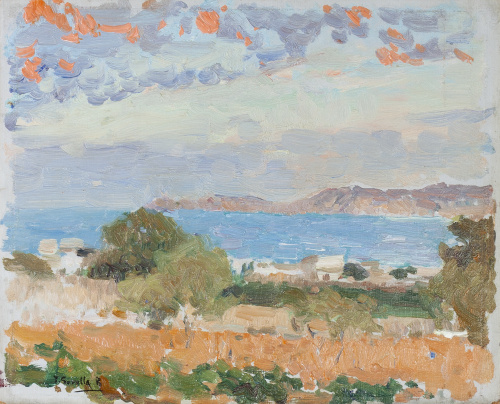125 years ago today Joaquín Sorolla arrived in Xàbia and immediately fell in love
This evening, the town will honour the Sorolla Foundation and, in a way, will honour the painter himself as a source of pride for Xàbia.

Thursday 7th October 2021 – ÁLVARO MONFORT with Mike Smith
Today – Thursday 7th October 2021 – marks the 125th anniversary of the first arrival of Joaquín Sorolla in Xàbia, after which there grew a relationship of love and admiration from the famous Valencian painter towards an old town that treasured a huge and almost unknown natural paradise, something that mad Sorolla one of the greatest international ambassadors that the municipality has ever had.
A true ‘influencer’ – to borrow a modern expression – from the late nineteenth century who did not waste an opportunity to spend a weekend in the town and say, “how beautiful it is, go visit it”. He was not only captivated by the light, the colours, the landscapes and the customs; he felt the need to share it with the rest of the world through his works and delightful correspondence.
After first setting foot in Xàbia on October 7th 1896, after a brief stay in Dénia which he didn’t particularly enjoy, Sorolla send a short telegram to his wife Clotilde in which he was already hinting at his awakening fascination with the municipality: “Sublime Jávea, immense, the best I know for painting. It surpasses everything. I’ll be there for a few days. You were there for two months.”

The painter was captivated by the light in Xàbia, something which can still be seen today, and Sorolla, a renowned impressionist painter, was also regarded as a “luminist”, with his work becoming the main Valencian benchmark for this artistic trend which is concerned with reflecting the effects of natural light and its incidence at the precise moment that a painting is made.
Thus, it’s obvious why he fell in love with Xàbia. You just have to look at how the light reflects of the Cap de Sant Antoni, Tangó, Pope, La Grava and this beautiful corner up to the Primer Montañar that he immortalized so much. The colours and tones change substantially throughout the day, depending on the sunlight, creating the illusion of a new piece of water, a new rock, a changing landscape.
But this fixation was not only artistic. Xàbia is very beautiful! In third letter that Sorolla send to Clotilde, he already showed that he has surrendered himself to the magnificence of a numble village of fishermen and farmers: “This has what I want and more, and if you saw what I have in front of my house, you would not find words to praise it. I am speechless from the emotion that still dominates me, imagine that my house is located in Monaco itself. This is madness, a dream, the same effect as if I lived in the sea aboard a large ship, what wrong did you do not to come! You would be so happy … you would enjoy it so much! It is the place I always dreamed of, sea and mountains, but what a sea!”

He also told his wife about his special predilection for the enclave that emerges from the embrace of Cap de Sant Antoni: “[…] Cape San Antonio is another wonder, a huge reddish immense monument and a colour in the waters of a cleanliness and a bright, pure green, a colossal emerald, and angry I think is the end”. But not only that. Sorolla wanted to record the hospitality with which he has been received by the residents of the town: “I live alone with a servant who provided me with a very friendly man from the town. I am very gifted, it seems to be among people who have known me for a long time, yesterday they did not let me do anything”.
When the painter arrived in Xàbia he did not stay in the historic centre but decided to live in port area. However, this didn’t prevent him from falling in love and appreciating the beauty of the old town, especially the San Bartolomé fortress and he told Clotidle: “they have a Gothic church, better than that the cathedral, worth studying and some more interesting things, the town remembers, with better colour, things from Toledo, and has a whole the aspect of being alive in the middle of the seventeenth century”.

Today, 125 years later, Xàbia will deliver its annual Premio 9 d’Octubre to the Sorolla Foundation as the highest body that treasures the artist’s legacy in reference to the municipality and a symbolic way of delivering it to the painter himself. The impact of Sorolla’s work should be a source of pride for the town since, from a professional commission, an unprecedented admiration arose that is still the reason for exhibitions, talks, publications and creations of all kinds.
In this sense, everyone at Xàbia AL DÍA is deeply grateful to our friend David Gutiérrez for having wanted to relive Sorolla’s steps in Xàbia -on his own initiative- and for having wanted to share his esteem for the painter and accept the (decent) proposal to use this medium of communication as a speaker to resurrect his memory three years ago.




